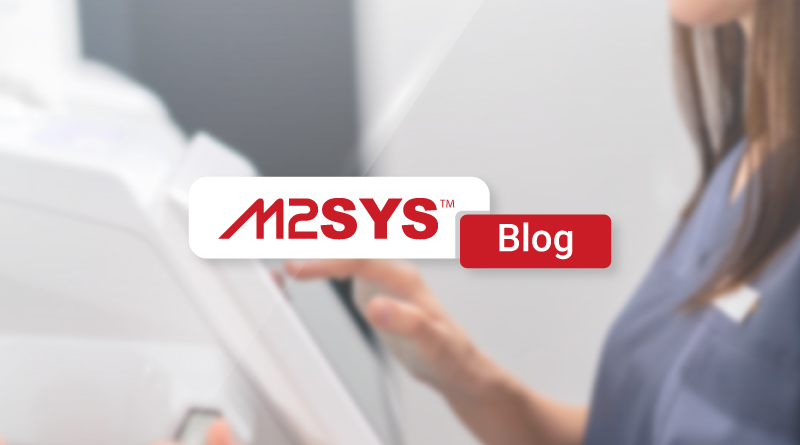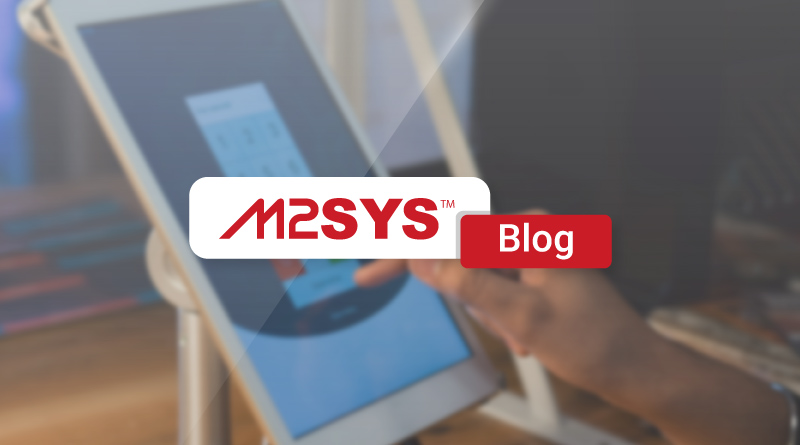Accelerate Paperless Civic Services with Real-Time Infrastructure Automation
Explore how digital transformation is revolutionizing civic services by transitioning to paperless systems and real-time infrastructure automation. This shift enhances efficiency, reduces administrative burdens, and fosters trust in local governance, as demonstrated by Austin's success in reducing project delivery times by 25%.
TL;DR
- Transform civic services with digital platforms, offering citizens convenient, paperless access to government services anytime, anywhere.
- Accelerate processes and reduce costs by automating routine tasks, allowing government employees to focus on strategic initiatives.
- Enhance urban project management with real-time infrastructure automation, ensuring timely and budget-friendly project completion.
- Learn from Austin's success in reducing project delivery times by 25% through data-driven insights and improved coordination.
- Implement digitization by assessing current processes, choosing the right tools, engaging stakeholders, and continuously adapting systems.
Embrace digital transformation to meet citizen expectations and regulatory demands. Contact us to revolutionize your civic services and infrastructure management today!
Imagine a city where you can manage all your civic responsibilities without stepping outside your home. This vision is rapidly becoming a reality as digital transformation reshapes government services. With efficiency and transparency at the forefront, government agencies are striving to meet citizens’ expectations while complying with stringent regulations. The key? Speeding up the transition to paperless civic services and adopting real-time infrastructure automation. This article delves into how this digital shift can streamline interactions, reduce administrative burdens, and foster greater trust in local governance.
The Necessity of Going Paperless
Transitioning from paper-based to digital systems in government services is no longer a choice—it’s a necessity. According to the Digital Government Society, over 70% of urban citizens favor digital access to civic services for its convenience and time-saving advantages. Digital platforms allow citizens to engage with government services anytime, anywhere, significantly cutting down on in-person visits and paperwork.
Advantages of Digital Transformation
- Accelerated Processes: By eliminating paper, cities save time and money previously spent on handling physical documents. Digital workflows facilitate faster processing of permits, licenses, and other civic services.
- Improved Citizen Experience: Mobile-first platforms like the M2SYS City & Municipality Management Solution provide real-time service access, enabling citizens to interact with government services on their terms.
- Reduced Administrative Costs: Automating routine tasks allows government employees to focus on strategic projects, enhancing overall efficiency and effectiveness.
Harnessing Real-Time Infrastructure Automation
Managing urban infrastructure projects is challenging due to their complexity and the multitude of stakeholders involved. Real-time infrastructure automation offers a solution to ensure projects are completed on time and within budget, improving coordination among teams.
Key Features of Infrastructure Automation
- Instant Updates: Tools that provide real-time updates on project status enable better decision-making and resource allocation, preventing costly delays.
- Centralized Data Management: Centralized data management enhances transparency and creates a responsive feedback loop from citizens.
- Improved Coordination: Automated systems enhance communication among project teams, reducing miscommunication and errors.
Austin’s Success Story
In 2023, Austin implemented a real-time infrastructure automation system, reducing project delivery times by 25%. By leveraging data-driven insights, the city improved coordination between contractors and government agencies, significantly boosting the efficiency of its urban projects.
Overcoming Challenges
Minimizing Administrative Burden
Shifting to digital civic services reduces manual processes and paperwork, allowing municipalities to strategically allocate resources and focus on service delivery innovation.
Efficient Project Management
Real-time tracking tools help governments keep projects on schedule and within budget, crucial for avoiding penalties and dissatisfaction from delays.
Ensuring Compliance
Regulatory compliance is essential. Automation platforms like M2SYS ensure all processes meet required standards, minimizing the risk of non-compliance penalties.
Steps to Implement Digitization
- Assess Current Processes: Evaluate existing systems to identify where digitization and automation can have the greatest impact.
- Choose the Right Tools: Select solutions like the M2SYS City & Municipality Management Solution, which integrate seamlessly with existing systems and offer no-code configurations.
- Engage Stakeholders: Involve government employees and citizens in the transition to ensure smooth implementation.
- Monitor and Adapt: Continuously review the performance of new systems and make adjustments to enhance efficiency.
The Time to Act is Now
Digital transformation in civic services is underway. Municipal leaders must embrace this change to meet rising citizen expectations, enhance transparency, and comply with regulatory demands. The tools are available, and the benefits are evident. It’s time to accelerate paperless civic services and revolutionize urban infrastructure management, paving the way for a more efficient and transparent future.
How to Implement Digital Transformation in Civic Services
- Assess Current Processes: Begin by evaluating existing systems to identify areas where digitization and automation can significantly impact service delivery.
- Select Appropriate Tools: Choose solutions like the M2SYS City & Municipality Management Solution, which offers no-code configuration and integrates with existing systems seamlessly.
- Engage Stakeholders: Involve government employees and citizens in the process to ensure a smooth transition and high adoption rates of new digital tools.
- Monitor and Adapt: Regularly review system performance and make necessary adjustments to enhance efficiency and ensure the goals of digital transformation are met.
Steps to Ensure Compliance in Digital Civic Services
- Understand Regulatory Requirements: Familiarize yourself with local and federal regulations related to digital civic services.
- Implement Compliance Features: Utilize platforms like M2SYS that offer built-in compliance features to ensure all processes meet required standards, minimizing the risk of penalties.
- Regularly Audit Systems: Conduct regular audits to ensure that digital systems remain compliant as regulations evolve over time.
- Train Employees: Ensure government employees are well-trained on compliance requirements and the functionalities of digitized systems to avoid any legal issues.
What is digital transformation in government services?
Digital transformation in government services refers to the transition from traditional, paper-based processes to digital platforms that enhance efficiency and accessibility. This shift aims to streamline interactions between citizens and government agencies, reduce administrative burdens, and foster transparency. For more information on how digital transformation impacts government services, visit our article on Accelerate Urban Projects.
What are the benefits of going paperless in civic services?
Benefits include accelerated processes, improved citizen experience, and reduced administrative costs. By eliminating the need for paper, cities can improve the efficiency of permit processing and provide citizens with quicker, more convenient service through platforms like the M2SYS City & Municipality Management Solution.
How does infrastructure automation help in managing urban projects?
Infrastructure automation provides real-time updates, centralized data management, and improved coordination, ensuring projects are completed efficiently and within budget. This approach significantly boosts the administration's ability to manage complex urban infrastructure projects. Learn more about real-time infrastructure automation in our article on Accelerate Urban Projects.
What challenges can be faced during the digital transformation of civic services?
Challenges include managing the transition from legacy systems, ensuring compliance with regulations, and engaging stakeholders effectively. To overcome these challenges, it is crucial to choose the right tools and continuously monitor and adapt the new systems. For strategies on overcoming these challenges, check out our article on Boost Urban Efficiency.
How does the M2SYS City & Municipality Management Solution facilitate digital transformation?
This solution accelerates the digitization process by providing a no-code, mobile-first platform that integrates seamlessly with existing systems. It enhances decision-making and streamlines workflows, making civic services more efficient. For a thorough overview of how this solution supports government digitalization, visit the M2SYS City & Municipality Management Solution page.











